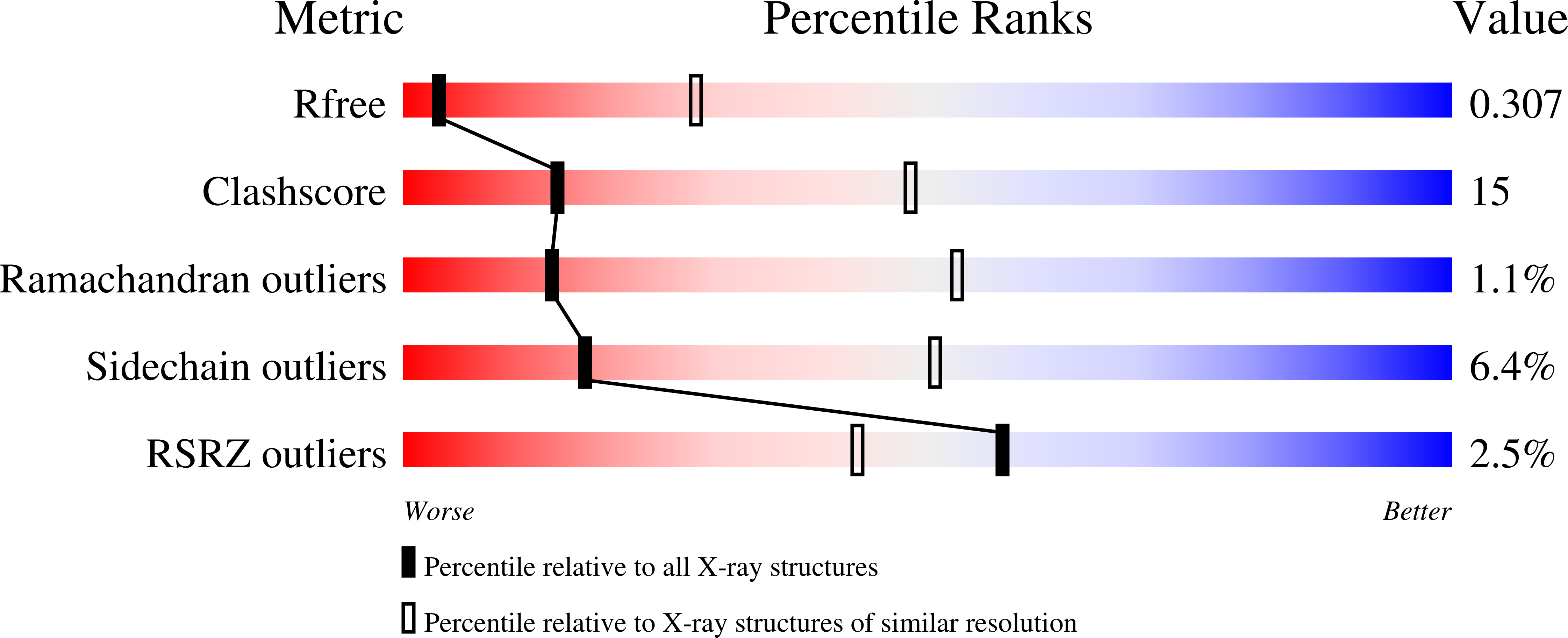Enzymatic and structural characterization of HAD5, an essential phosphomannomutase of malaria-causing parasites.
Frasse, P.M., Miller, J.J., Polino, A.J., Soleimani, E., Zhu, J.S., Jakeman, D.L., Jez, J.M., Goldberg, D.E., Odom John, A.R.(2022) J Biol Chem 298: 101550-101550
- PubMed: 34973333
- DOI: https://doi.org/10.1016/j.jbc.2021.101550
- Primary Citation of Related Structures:
7MYV - PubMed Abstract:
The malaria-causing parasite Plasmodium falciparum is responsible for over 200 million infections and 400,000 deaths per year. At multiple stages during its complex life cycle, P. falciparum expresses several essential proteins tethered to its surface by glycosylphosphatidylinositol (GPI) anchors, which are critical for biological processes such as parasite egress and reinvasion of host red blood cells. Targeting this pathway therapeutically has the potential to broadly impact parasite development across several life stages. Here, we characterize an upstream component of parasite GPI anchor biosynthesis, the putative phosphomannomutase (PMM) (EC 5.4.2.8), HAD5 (PF3D7_1017400). We confirmed the PMM and phosphoglucomutase activities of purified recombinant HAD5 by developing novel linked enzyme biochemical assays. By regulating the expression of HAD5 in transgenic parasites with a TetR-DOZI-inducible knockdown system, we demonstrated that HAD5 is required for malaria parasite egress and erythrocyte reinvasion, and we assessed the role of HAD5 in GPI anchor synthesis by autoradiography of radiolabeled glucosamine and thin layer chromatography. Finally, we determined the three-dimensional X-ray crystal structure of HAD5 and identified a substrate analog that specifically inhibits HAD5 compared to orthologous human PMMs in a time-dependent manner. These findings demonstrate that the GPI anchor biosynthesis pathway is exceptionally sensitive to inhibition in parasites and that HAD5 has potential as a specific, multistage antimalarial target.
Organizational Affiliation:
Division of Infectious Diseases, Departments of Medicine and Molecular Microbiology, Washington University School of Medicine, St. Louis, Missouri, USA.















